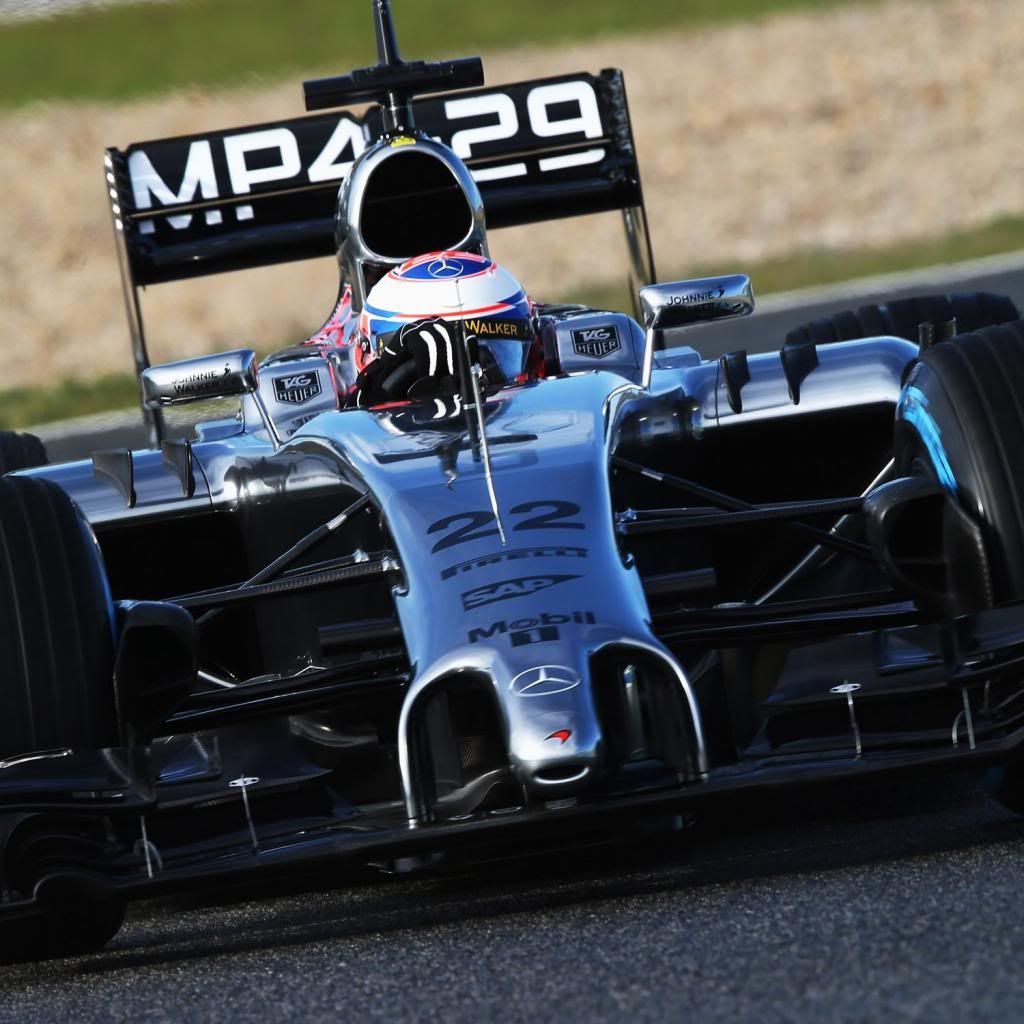raymondu999 wrote:WhiteBlue wrote:If you have two cars with the same drive train and one has higher aero efficiency it simply means the performance will be higher.
Not if one of them has to spend more time on fuel-save.
Exactly - the specific fuel consumption of each engine will be different (not all engineers are created equal

) but the absolute fuel consumption over the course of the race is fixed: 100kg max.
Red Bull, for example, has shown in wet conditions that its car has much more DF than the rest of the field this year - there was a specific qualifying, which I have forgotten (old age I guess), in which they were driving a few seconds faster than the rest of the field. Since this DF is being generated efficiently (i.e. not solely by the wings but more by the diffusor), they create less drag, which effectively gives them more opportunities:
1) less fuel at start (lower tire wear, faster lap times; could also carry over into 2014)
2) add fuel, but increase time with max motor power settings (increase acceleration & eventually max speed)
which also means that they can play with the gearing (ist the selection fixed for 2013 too?

), pitstops, etc., adding to the possible strategies. And it is most important to be flexible. RB, however, must tone back their settings due to the tires, and therefore doesn't have a huge advantage in dry conditions. Their biggest seems to be in their fuel allocation, which is the answer to the question in my opinion.
As always, I could be wrong

“Strange women lying in ponds distributing swords is no basis for a system of government. Supreme executive power derives from a mandate from the masses, not from some farcical aquatic ceremony!” Monty Python and the Holy Grail



